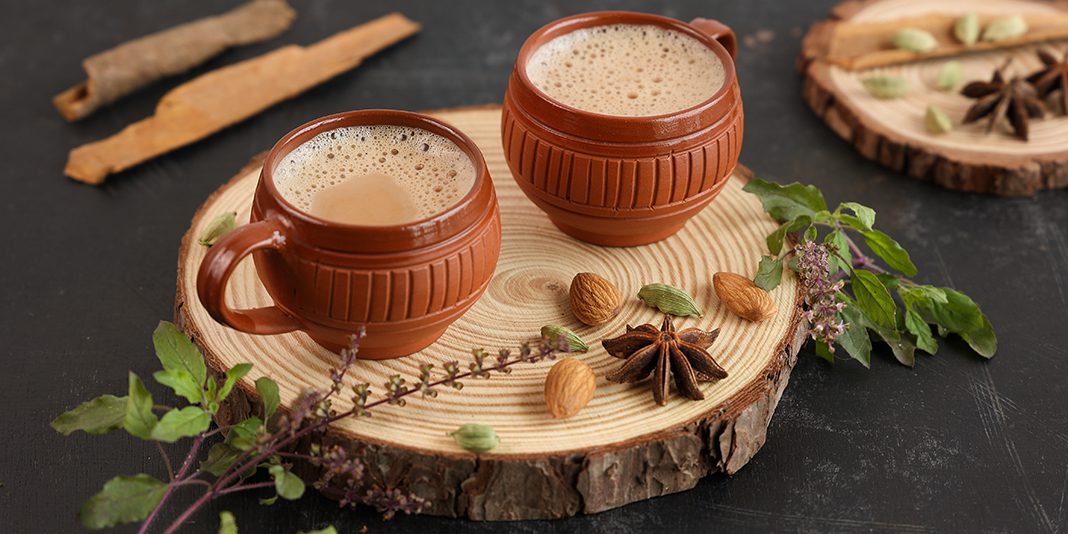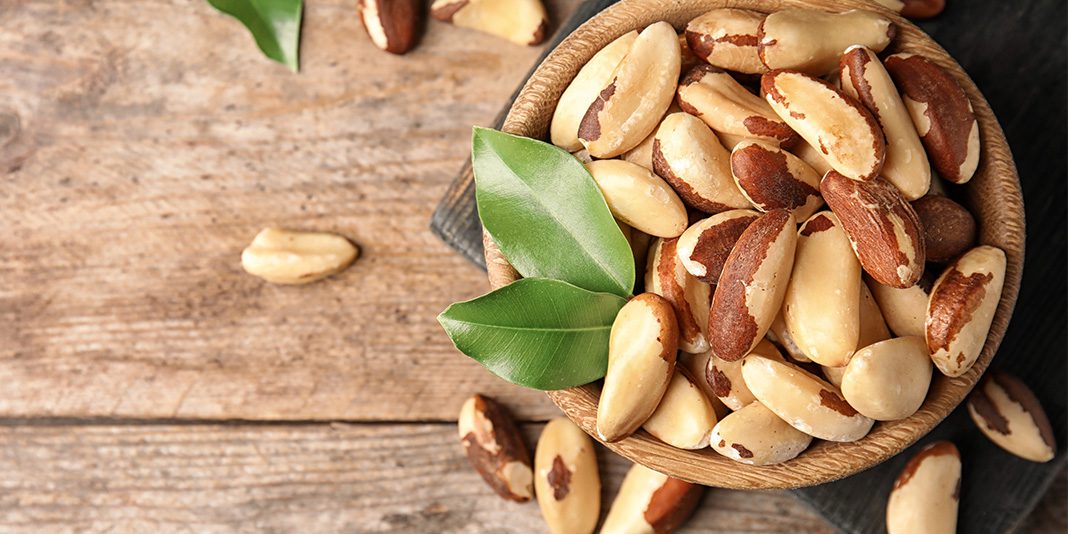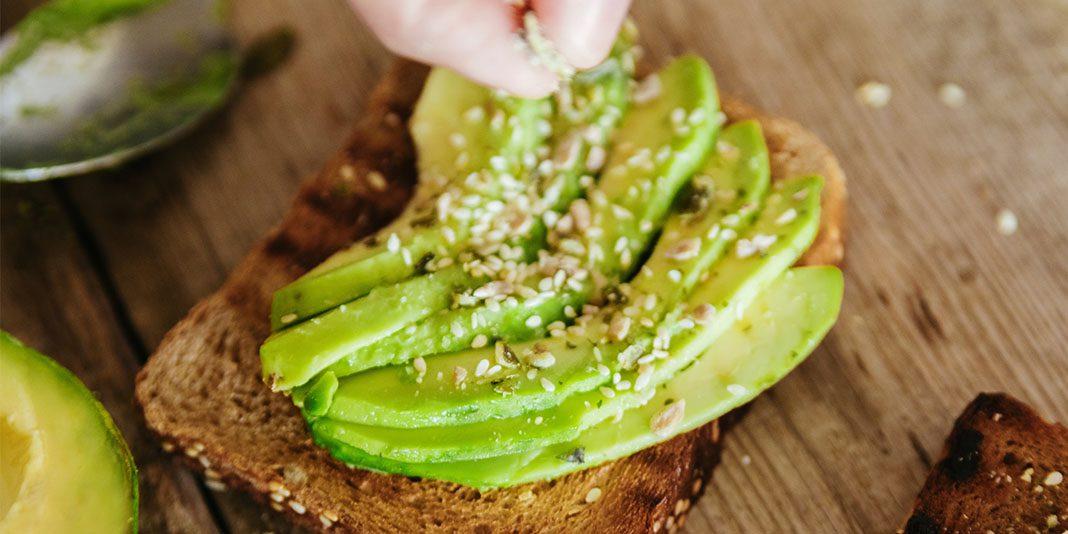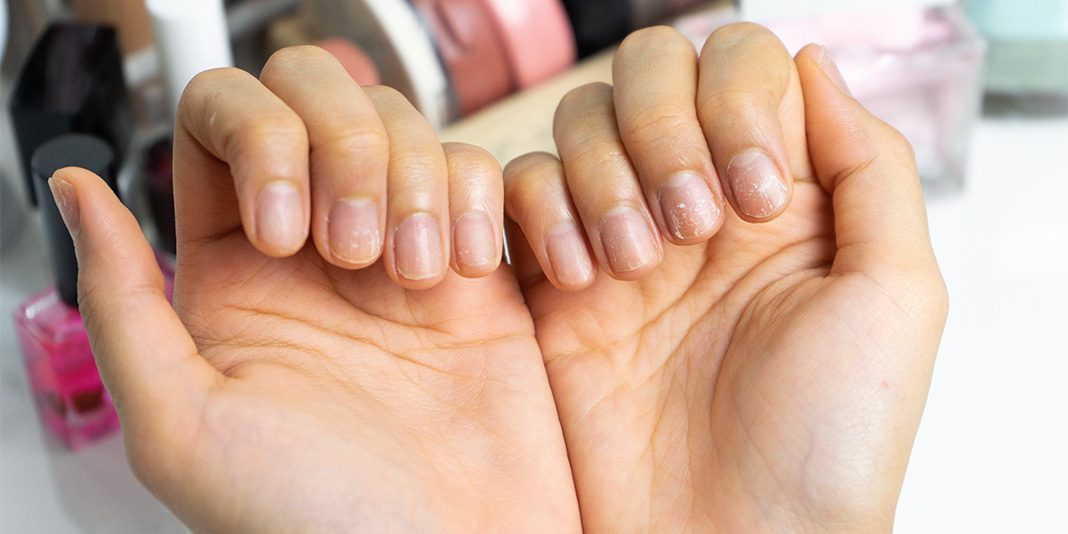These fruits and vegetables may not sound familiar, but you should give them a try if you get the chance (and if you like them, make sure you tell the grower or market owner).
QUIZ: What Beauty Nutrients Did You Eat Today?
1Komatsuna

This dark green leafy vegetable is grown mainly in Japan, Taiwan and Korea. Komatsuna is great for stir-fries and can be chopped into salad mixes, says Robert Hadad, Fresh Market Specialist at Cornell. It’s high in vitamins A and C and packed with calcium.
2Kai-lan

A type of kale that looks like small broccoli (it’s commonly known as “Chinese Broccoli”), this Asian vegetable is high in vitamins A and C.
3Blood orange

Break away from traditional citrus and grab these in-season oranges instead. “They pack more vitamin C than any other citrus out there, with one medium orange containing 130 percent of the daily requirement of vitamin C,” says Lindsey Toth, R.D. “They’re also the only citrus that has anthocyanin, one of the most powerful antioxidants.”
4Yardlong/Asparagus bean

These beans are similar to asparagus (hence the name) in texture and flavor and provide quite the array of nutrition benefits: They’re a great source of vitamin C, folate and magnesium. Yardlong beans are also a good way to get more protein, vitamin A, iron and potassium into your diet.
5Juneberries

The juneberry—also known as a “saskatoon berry”—is a dark-colored fruit with a flavor similar to dark cherries or raisins (and a hint of almond in the seed). These little berries contain high levels of protein, calcium, iron and antioxidants, according to Cornell University experts.
6Parsley root

A German and Eastern European vegetable that has a slightly stronger flavor than regular parsley, parsley root is very flavorful, great for stews and filled with potassium, says Hadad. Fun fact: As the weather gets colder, the root will taste sweeter.
7Celeriac

A relative of celery and typically grown in France and Eastern Europe, this large knobby-looking root is filled with fiber and vitamins A, C and K, as well as potassium. And it won’t go bad quickly like some fruits and veggies—celeriac keeps well in cold storage all winter.
8Kohlrabi

Related to the cabbage, this veggie looks like a bulb at the base of a plant. And yet you might feel like you’re eating a fruit because the flesh is very sweet and almost pear-like, says Hadad. Kohlrabi is full of vitamin C, as well as B vitamins and minerals.
9Salsify

The white inside of this otherwise bland-looking brown veggie is starting to get more popular in the restaurant industry, says Hadad. Salsify used to be called “oyster plant” because the inside part has a hint of oyster, which gives it a unique taste.





































